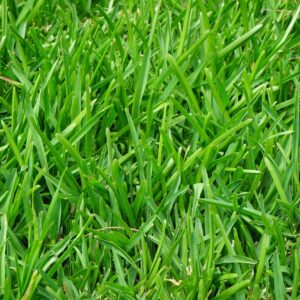Fine fescue (Festuca spp.) in Grass Nevada
Description:
- Appearance: Fine fescue varieties have fine-textured blades that form a dense, low-growing turf. The color of fine fescue ranges from dark green to blue-green, depending on the variety and environmental conditions.
- Growth Habit: Fine fescue has a bunch-type growth habit, meaning it forms clumps rather than spreading by runners. This makes it well-suited for areas where a low-maintenance, non-invasive grass is desired.
- Adaptability: Fine fescue is well-adapted to cooler climates and performs best in regions with mild summers and cold winters. It is highly shade-tolerant and can thrive in areas with limited sunlight, making it suitable for use in shaded lawns and landscapes.
Description:
- Appearance: Fine fescue varieties have fine-textured blades that form a dense, low-growing turf. The color of fine fescue ranges from dark green to blue-green, depending on the variety and environmental conditions.
- Growth Habit: Fine fescue has a bunch-type growth habit, meaning it forms clumps rather than spreading by runners. This makes it well-suited for areas where a low-maintenance, non-invasive grass is desired.
- Adaptability: Fine fescue is well-adapted to cooler climates and performs best in regions with mild summers and cold winters. It is highly shade-tolerant and can thrive in areas with limited sunlight, making it suitable for use in shaded lawns and landscapes.
Description
Fine fescue (Festuca spp.) is a group of cool-season grasses known for their fine texture, shade tolerance, and low maintenance requirements.
Description:
- Appearance: Fine fescue varieties have fine-textured blades that form a dense, low-growing turf. The color of fine fescue ranges from dark green to blue-green, depending on the variety and environmental conditions.
- Growth Habit: Fine fescue has a bunch-type growth habit, meaning it forms clumps rather than spreading by runners. This makes it well-suited for areas where a low-maintenance, non-invasive grass is desired.
- Adaptability: Fine fescue is well-adapted to cooler climates and performs best in regions with mild summers and cold winters. It is highly shade-tolerant and can thrive in areas with limited sunlight, making it suitable for use in shaded lawns and landscapes.
Planting Instructions:
- Timing: Fine fescue is well-adapted to cooler climates and performs best in regions with mild summers and cold winters. It is highly shade-tolerant and can thrive in areas with limited sunlight, making it suitable for use in shaded lawns and landscapes.
- Site Selection: Choose a planting site with well-drained soil and partial to full shade. Fine fescue performs best in areas with limited sunlight, such as under trees or along north-facing slopes.
- Soil Preparation: Prepare the planting area by removing weeds, rocks, and debris. Loosen the soil to a depth of 4 to 6 inches using a garden tiller or rake to promote good root growth and ensure proper soil aeration.
- Seed Distribution: Broadcast fine fescue seed evenly over the prepared soil surface at a rate of 4 to 6 pounds per 1,000 square feet for new plantings. Use a seed spreader or hand broadcaster to ensure even coverage.
- Covering the SeedLightly rake the soil to cover the seed to a depth of about 1/4 to 1/2 inch. Press the soil lightly to ensure good seed-to-soil contact, which is essential for germination.
- Watering: Lightly rake the soil to cover the seed to a depth of about 1/4 to 1/2 inch. Press the soil lightly to ensure good seed-to-soil contact, which is essential for germination.
- Establishment: Once established, fine fescue requires regular watering to encourage deep root growth and establishment. Gradually reduce watering frequency as the grass becomes established, allowing the soil to dry slightly between waterings.
- Mowing: Begin mowing fine fescue when it reaches a height of 3 to 4 inches. Mow at a height of 2 to 3 inches, removing no more than one-third of the leaf blade at each mowing. Mow more frequently during periods of active growth and less frequently during periods of drought or dormancy.
Maintenance:
- Fertilization: Fine fescue has low fertility requirements and typically requires minimal fertilization. Apply a balanced fertilizer sparingly according to soil test recommendations, typically in early spring or late fall
- Weed Control: Fine fescue has good weed resistance once established but may require occasional spot treatments for weed control. Hand-pull or spot-treat any weeds that may emerge to prevent them from spreading.
- Disease and Pest Management: Monitor fine fescue for signs of diseases and pests, such as dollar spot or chinch bug infestations, and take appropriate measures to manage these issues if they arise.
- Aeration: Periodic core aeration can help alleviate soil compaction and improve air and water movement in the soil, promoting healthy root growth and overall turf health.





